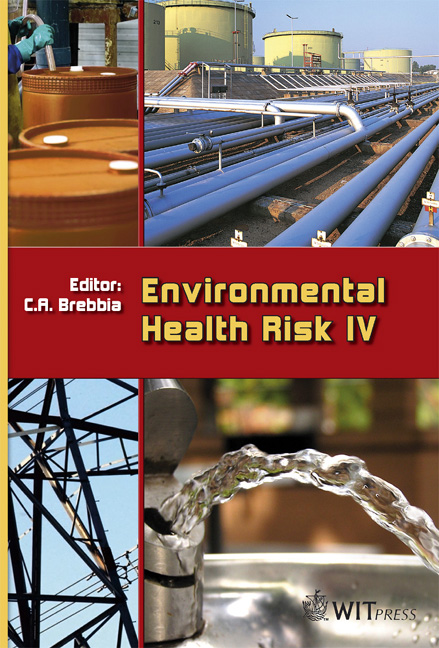Climate Change, Migratory Species And Pandemic Influenza
Price
Free (open access)
Transaction
Volume
11
Pages
10
Published
2007
Size
340 kb
Paper DOI
10.2495/EHR070221
Copyright
WIT Press
Author(s)
K. Duncan
Abstract
Environment and health dominate international journals, newspapers, and global search engines with climate change and avian flu usurping world headlines. Global mean temperature is projected to increase 1.1-6.4oC over the coming century, a rise greater than any increase experienced by humans during the past 10,000 years. Climate change is a growing concern to the World Health Organization (WHO) because of its potentially serious health consequences, including an increase in illness and death related to extreme temperature events, weather events, and infectious disease. A more pressing issue for the WHO is pandemic flu, which leading influenza experts fear is inevitable, if not imminent; for example, evidence suggests that influenza A H5N1 is now endemic in parts of Asia, is affecting new mammalian hosts, is expanding its geographic range, and is increasingly pathogenic. Future climate change is likely to impact migratory bird species, their breeding and non-breeding areas, migration routes, and stopover sites. This paper will therefore first discuss environmental controls for key migratory species, and how climate change may influence their survival and distribution, and possibly affect the spread of highly pathogenic influenza. This paper will then discuss other possible impacts of climate change on pandemic influenza. Keywords: global climate change, pandemic influenza, migratory birds, climatic impacts. 1 Introduction Global mean temperature is projected to increase 1.1-6.4oC over the coming century, a rise greater than any increase experienced by humans during the past 10,000 years (IPCC [1]). Climate change is a growing concern to the World
Keywords
global climate change, pandemic influenza, migratory birds, climatic impacts.





